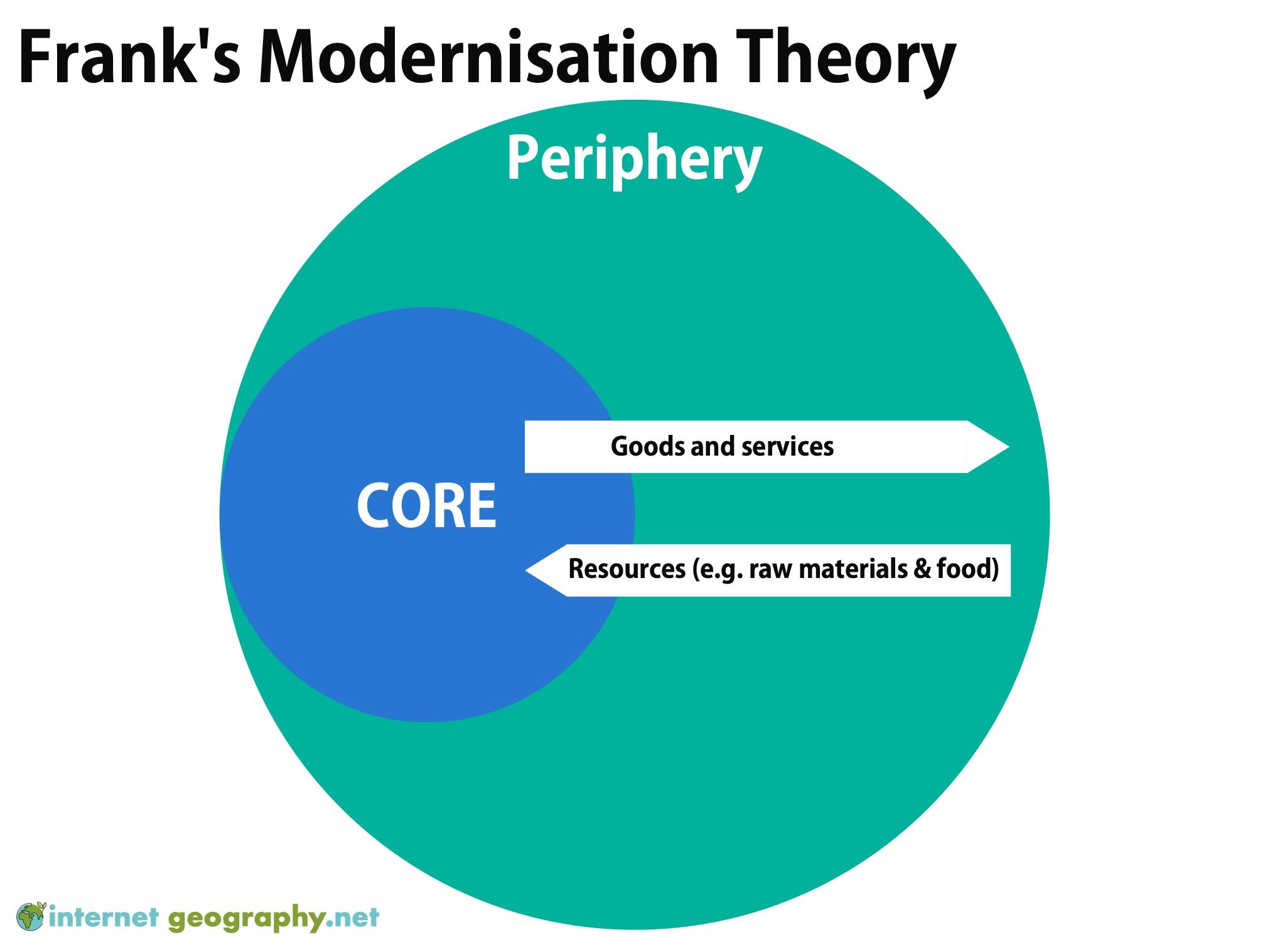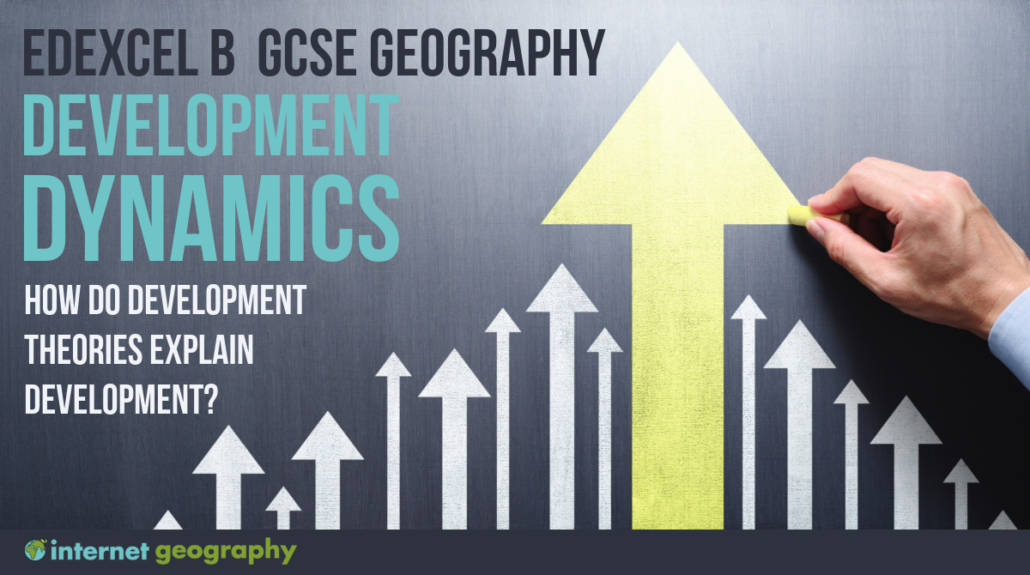How Do Development Theories Explain Development?
Development theories help us understand how and why countries progress economically and socially over time. Two contrasting theories offer explanations: Modernisation Theory (capitalist view) and Dependency Theory (socialist view). Understanding these theories can guide us in making informed decisions about reducing global inequalities.
Rostow’s Modernisation Theory
American economist W.W. Rostow developed the Modernisation Theory in the 1960s. He proposed that economic development follows a series of five stages, each marking a step towards a modern, industrialised society. His theory is based on the idea that capitalist practices drive development, with more developed countries serving as examples for others to follow.
Rostow’s Five Stages of Economic Development:
- Traditional Society: Limited technology and subsistence farming dominate.
- Preconditions for Take-Off: Infrastructure starts to develop, and small-scale industries emerge.
- Take-Off: Rapid industrial growth and investment lead to structural change in the economy.
- Drive to Maturity: Technology and industry expand, and living standards improve.
- Age of High Mass Consumption: A wealthy, consumer-driven society with advanced services.
Rostow believed that less developed countries could quickly progress through these stages by learning from already developed nations. However, his theory assumes all countries have similar starting resources and overlooks challenges some countries face, such as poor technological access or limited capital.
Criticisms of Modernisation Theory
- It is overly simplistic, lacking detailed steps for progressing through each stage.
- Assumes all nations have the same initial conditions, ignoring factors like population and climate.
- Some countries struggle to “take off” due to structural or environmental challenges that Rostow underestimated.
Frank’s Dependency Theory
In the late 1960s, economist A.G. Frank developed Dependency Theory as a critique of capitalism. He argued that global poverty is rooted in historical exploitation by richer nations and continues today through economic dominance by developed countries. According to Frank, colonialism created lasting economic disparities by extracting resources from developing countries and limiting their industrial growth.
Key Ideas of Dependency Theory:
- Colonial Impact: Colonialism exploited resources, leaving former colonies with weak economies. Neo-colonial practices, such as unfair trade agreements, maintain this economic dominance.
- Core and Periphery: Frank described the world as divided into the wealthy “core” (developed countries) and the “periphery” (developing countries), where wealth flows from poorer to richer areas, sustaining inequalities.
- Trade Imbalance: Rich countries benefit from buying raw materials cheaply from developing countries and selling them manufactured goods at high prices.

Frank used examples from South America to illustrate how the global economy creates a “chain of exploitation” where wealth is concentrated in the core at the expense of the periphery.
Criticisms of Dependency Theory
- Not all poor countries were colonised, yet some, like Ethiopia, remain underdeveloped, while some former colonies, such as Singapore, have achieved high development.
- Countries adopting socialism, as Frank suggested, often struggled economically (e.g., Tanzania), while some capitalist countries, like South Korea, have succeeded.
- Neo-colonial influences such as foreign aid without political or economic conditions can be beneficial.
Summary
Both theories provide insights into development processes and global inequalities. Modernisation Theory explains development through capitalist progress, with countries advancing through stages based on historical European and American examples. Dependency Theory highlights historical exploitation and economic imbalances, questioning if a capitalist global economy truly supports developing nations.
Each theory has its limitations but offers valuable perspectives on the challenges of achieving economic development worldwide. Understanding these theories can help us explore different pathways to reduce inequality and create a more balanced global development.
Summary
Flashcards
Coming Soon!


